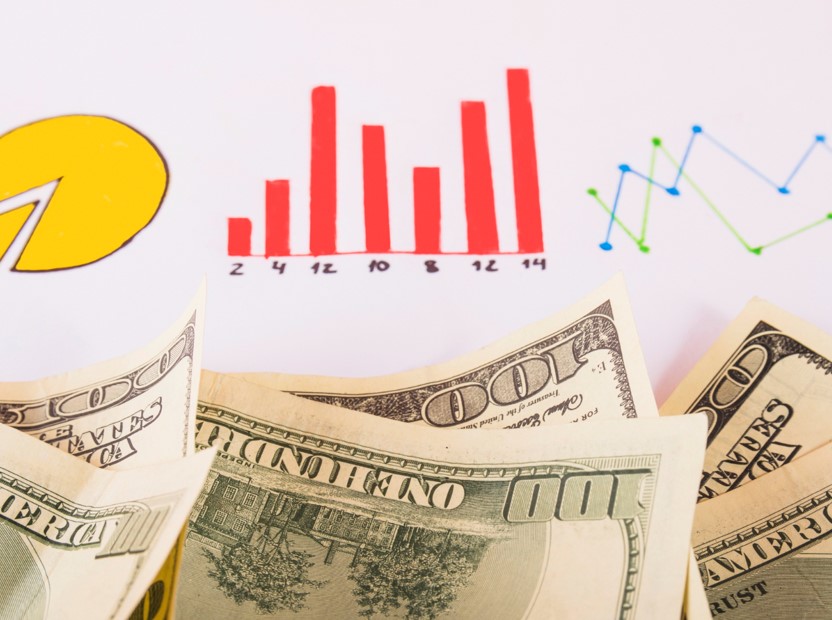The world of Forex trading is vast and filled with opportunities for the savvy investor. Among the myriad of currency pairs that traders can choose from, the USDJPY pair stands out as one of the most intriguing and dynamic. Often referred to as the “Gopher,” this currency pair represents the exchange rate between the United States Dollar and the Japanese Yen. In this comprehensive guide, we’ll delve deep into the secrets of trading USDJPY, exploring the unique characteristics that make it a favorite among traders and uncovering strategies to navigate its often tumultuous waters.
Understanding USDJPY: The Basics
Before we set sail on our journey through the USDJPY markets, let’s establish a solid foundation by understanding the basics of this currency pair.
What Makes USDJPY Tick?
At its core, the USDJPY currency pair measures how many Japanese Yen are needed to purchase one United States Dollar. As two of the world’s leading economies, the US and Japan play significant roles in the global financial landscape, making their currency pair one of the most traded and closely watched.
Factors Influencing USDJPY
Several factors can influence the USDJPY exchange rate, including interest rate differentials set by the Federal Reserve and the Bank of Japan, economic indicators from both countries, and geopolitical events. Understanding these factors is crucial for any trader looking to master the USDJPY market.
Navigating the Waves: Strategies for USDJPY Trading

Now that we’re familiar with the basics, let’s explore some strategies that can help traders navigate the complex currents of the USDJPY market.
Technical Analysis: Charting Your Course
Technical analysis involves studying price charts and using indicators to predict future movements. For USDJPY, traders often look at patterns, support and resistance levels, and indicators like Moving Averages or the Relative Strength Index (RSI) to make informed decisions.
Fundamental Analysis: Understanding the Winds
Fundamental analysis, on the other hand, focuses on economic indicators, interest rates, and other macroeconomic factors. For USDJPY traders, keeping a close eye on the monetary policies of the Federal Reserve and the Bank of Japan, as well as economic data releases, is key to understanding the broader trends that can impact the pair.
Risk Management: Navigating Stormy Seas

In the unpredictable waters of Forex trading, risk management is your lifeboat. Implementing sound risk management strategies can help protect your capital from unexpected market movements.
Setting Stop-Loss Orders
One of the most basic yet essential risk management techniques is setting stop-loss orders. These orders automatically close out a position at a predetermined price level, limiting potential losses.
Position Sizing
Equally important is the concept of position sizing, which involves determining the right amount of capital to allocate to each trade based on your risk tolerance and overall trading strategy.
The Psychology of Trading USDJPY
Trading isn’t just about charts and economic indicators; psychology plays a significant role in a trader’s success, especially when trading volatile pairs like USDJPY.
Emotional Discipline
Maintaining emotional discipline is crucial. The highs and lows of trading can lead to impulsive decisions driven by fear or greed, which can be detrimental to your trading performance.
Staying Informed, Not Overwhelmed
While staying informed is critical, it’s also important not to become overwhelmed by the constant flow of news and data. Finding a balance between being well-informed and maintaining a clear head is key to successful trading.
USDJPY: The Seasonal Patterns

Believe it or not, even currency pairs like USDJPY can exhibit seasonal patterns. While not as pronounced as in commodity markets, being aware of these tendencies can give traders an additional edge.
End of Japanese Fiscal Year
For instance, the end of the Japanese fiscal year in March can lead to increased volatility as Japanese companies repatriate funds, potentially impacting the USDJPY rate.
US Economic Cycles
Similarly, certain phases of the US economic cycle can lead to predictable movements in USDJPY, as shifts in economic policy and interest rates influence the currency pair.
Advanced Techniques: Riding the USDJPY Wave
For those looking to take their USDJPY trading to the next level, exploring advanced trading techniques can offer new opportunities.
Carry Trade Strategy
One popular strategy is the carry trade, which involves borrowing in a currency with a low-interest rate (like the JPY) and investing in a currency with a higher interest rate (like the USD), profiting from the interest rate differential.
Algorithmic Trading
Algorithmic trading, or using computer programs to execute trades based on predefined criteria, can also be an effective way to trade USDJPY, especially for those looking to capitalize on short-term movements.
The Future of USDJPY Trading

As we look to the horizon, several factors could shape the future of USDJPY trading. Technological advancements, changes in monetary policy, and global economic shifts will all play a role in the evolution of this dynamic currency pair.
Technological Innovations
The rise of blockchain technology and cryptocurrencies could potentially impact the Forex market, including USDJPY trading. While it’s uncertain exactly how these technologies will influence traditional currency trading, staying abreast of these trends is crucial.
Geopolitical Events
Geopolitical events, such as trade wars or diplomatic tensions between the US and Japan, can also lead to sudden and significant movements in the USDJPY pair, highlighting the importance of staying informed about global events.
Conclusion
Navigating the waves of USDJPY trading requires a blend of technical skill, fundamental analysis, and psychological resilience. By understanding the unique characteristics of this currency pair, employing effective trading and risk management strategies, and staying informed about global events, traders can unlock the secrets of USDJPY and capitalize on the opportunities it presents. Remember, the journey of a thousand miles begins with a single step, and in the world of Forex trading, each step taken with knowledge and caution moves you closer to your goal.
FAQs
1. What makes the USDJPY pair so popular among traders?
The USDJPY pair is popular due to the size and strength of the US and Japanese economies, the liquidity of the pair, and the significant trading opportunities it offers due to its volatility and responsiveness to economic indicators and geopolitical events.
2. How can I start trading USDJPY?
To start trading USDJPY, you’ll need to open an account with a reputable Forex broker, familiarize yourself with the trading platform, and begin analyzing the market using technical and fundamental analysis. It’s also highly recommended to practice with a demo account before trading with real money.
3. What time of day is best for trading USDJPY?
The best time to trade USDJPY is typically during the overlap of the Asian and North American trading sessions, from 19:00 to 04:00 GMT, when liquidity is highest, and price movements are more predictable.
4. Can geopolitical events significantly impact the USDJPY rate?
Yes, geopolitical events, such as trade negotiations, conflicts, or diplomatic tensions between the US and Japan, can lead to significant volatility in the USDJPY rate, as they can impact investor sentiment and economic outlooks.
5. How important is risk management in USDJPY trading?
Risk management is crucial in USDJPY trading, as it can help protect your capital from the high volatility and unpredictable movements that are common in the Forex market. Techniques like setting stop-loss orders and managing position sizes are essential components of a successful trading strategy.




